In the sprawling landscapes of West Africa, a silent crisis deepens, reshaping the lives of millions. According to a recent United Nations report, Nigeria now holds the grim distinction of having over 8 million internally displaced persons (IDPs), the highest in the region. This staggering figure not only highlights the scale of the humanitarian challenges within the country but also sheds light on the complex interplay of conflict, instability, and displacement that continues to disrupt the lives of countless Nigerians. As the world watches, the urgent question remains: what lies ahead for these uprooted communities in a nation grappling with unprecedented internal turmoil?
Rising Tide of Displacement in Nigeria Understanding the Humanitarian Challenges Detailed Analysis of Regional Displacement Drivers Evaluating the Impact on Host Communities Policy Recommendations for Sustainable Support Strengthening Coordination Among Stakeholders Enhancing Access to Basic Services Promoting Durable Solutions Through Livelihood Programs Tackling Security Concerns to Prevent Further Displacement
The unprecedented surge in internally displaced persons across Nigeria poses multifaceted humanitarian challenges that demand coordinated and innovative responses. Addressing the root causes requires a nuanced understanding of regional displacement drivers such as armed conflict, environmental degradation, and economic instability, which vary significantly between the northeast, northwest, and central regions. Host communities, often struggling with limited resources, face substantial pressure that affects social cohesion and access to services. To sustainably support displaced populations and their hosts, policy frameworks must emphasize:
- Strengthening coordination among government agencies, NGOs, and international bodies to streamline aid delivery and avoid duplication
- Enhancing access to basic services such as healthcare, education, clean water, and sanitation, particularly in overcrowded camps and informal settlements
- Promoting durable solutions through livelihood programs that empower displaced persons to rebuild self-reliance and community integration
- Tackling security threats via community policing, conflict resolution initiatives, and improved intelligence to prevent cyclical displacement
| Region | Primary Displacement Driver | Key Challenge |
|---|---|---|
| Northeast | Insurgent violence | Access to healthcare and security |
| Northwest | Clashes over resources | Water scarcity and food insecurity |
| Central | Ethno-religious conflicts | Social fragmentation and displacement |
As Nigeria’s internally displaced population surpasses the staggering mark of 8 million, the human toll of ongoing conflicts and crises becomes ever more apparent. This UN report serves as a sobering reminder that behind every number lies a story of resilience, loss, and the urgent need for sustainable solutions. Moving forward, the path to peace and stability will require collective commitment-not just from governments and international bodies, but from all who envision a future where displacement no longer defines the lives of millions in West Africa. The challenge is immense, but so is the opportunity to turn hardship into hope.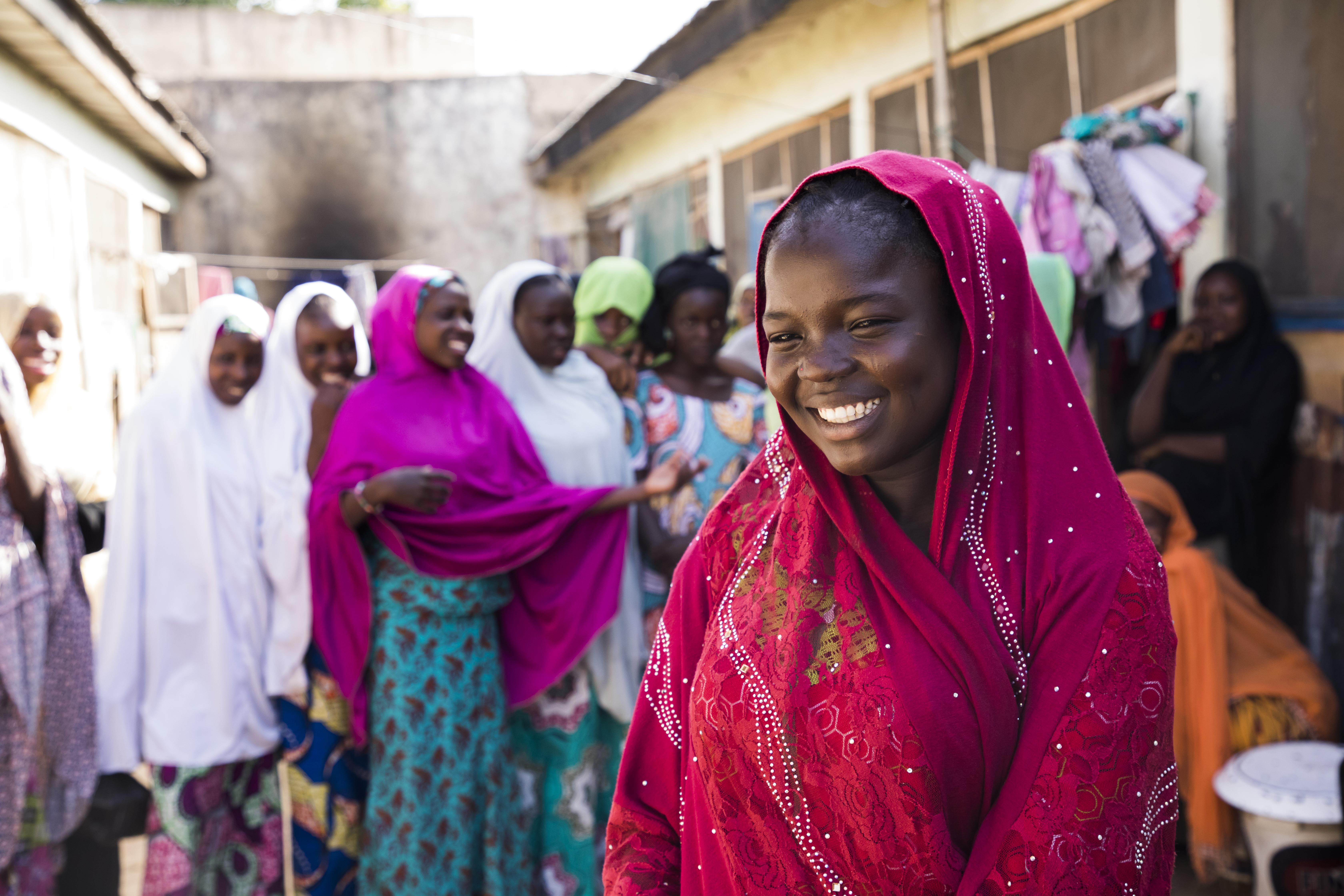





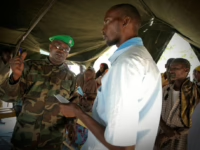






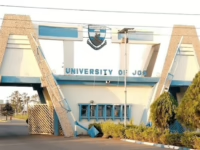

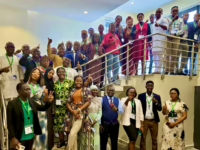

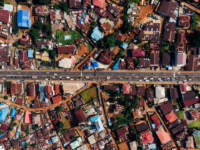


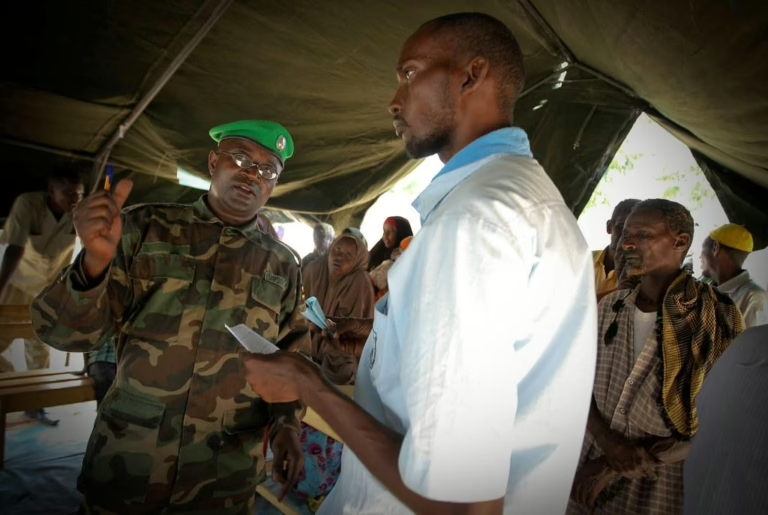


0 Comments